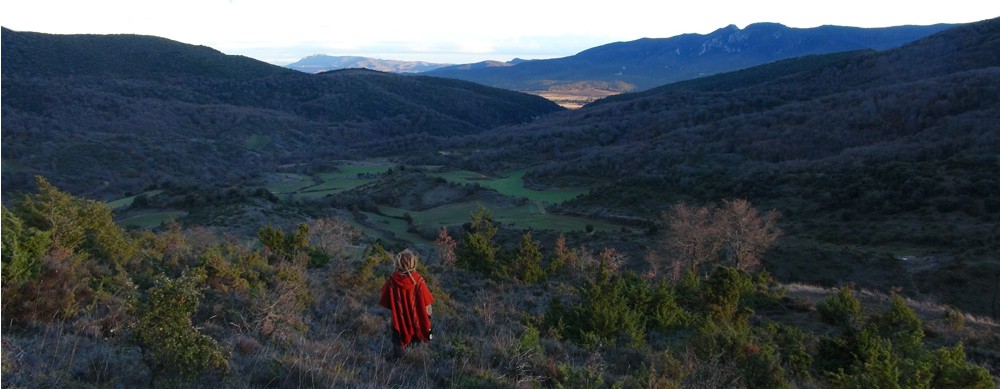During the colonial era New Zealand was sold to prospective colonists as an antipodean UK, which in the words of the colonial propagandist, Charles Hursthouse, was a “veritable Britain of the south.” If, however, you start in Wellington and drill a hole through the exact centre of the earth, then keep on going, you will eventually come out close to the city of Valladolid in the dry, north-western Spanish province of Castile and León. If you begin drilling from Auckland you end up in Malága, a thriving city on the coast of Andalucía, Spain’s southern most province. Whangarie comes out in Morocco while much of the south island sticks out into the Atlantic coast. The Chatham Islands are the antipode of southern France, while the Cooks emerge in the Sahara. If you calculate the exact centre of New Zealand, a place nestled in the Southern Alps close to Nelson, and follow it to its antipode you arrive in Northern Portugal, and perhaps this small seafaring nation with its wild, windswept west-coast is the true antipode of God’s Own Country.
Food
One thing that I discovered while living in Portugal is that, despite New Zealand’s claim to the title, Portugal is the true country of fish ‘n chips. It has the highest fish consumption per capita in Europe and one of the highest in the world; the fish is inevitably served with chips. But you should expect something different from battered tarakihi, wrapped in paper and accompanied by a cold Montieth’s. You are far more likely to be served a whole fish, head and all, usually cod, with a mountain of chips and a fried egg on top, accompanied by ketchup and mayonnaise. This is washed down with a “mini,” a two hundred ml bottle of beer. Despite the availability of fish I was drawn to the typical, Carne de Porco à Alentejana, fried pork, clams and potatoes, cooked with chopped coriander. According to legend the dish was designed to test converted Jews’ adherence to Christianity – pork and shell fish being non-kosher.
Portuguese cakes are typically dense, moist, sweet and pretty good. My partner and I loved the cinnamon flavoured ones from the local shop. The central ingredient of these cakes is egg yolk, and Portuguese cakes are known to have twice the ratio off eggs to cakes elsewhere. There are different historical theories to explain this. The first is that medieval nuns used large amounts of egg whites to stiffen their habits creating a glut in egg yolks. The second theory is that during hard times in the eighteenth century the nunneries continued to produce large quantities of eggs, and people compensated for a lack of other food by using more eggs for everything. The third theory is that during the nineteenth century Portugal exported egg white as a wine purifier – resulting in a glut of egg yolks. Whatever the reason one thing is certain, Portuguese cakes are named due to their godly connection – nuns belly or angel’s chests.
So what are the gastronomic, antipodean differences/similarities? In terms of similarities fish, chips, mayonnaise, tomato sauce, beer and coriander are readily consumed. In terms of differences Portuguese food is half the price, the beers are half the size, the cakes have twice the eggs, and if you feel like beef you may as well give up and buy pork. But the thing that really stands out for me is that Portuguese food is above all an expression of their devotion to baby Jesus.
Environment
When out walking on the streets Pria Grande, the coastal area where we lived, I had the troubling feeling I was back in New Zealand. The month was February, the equivalent of New Zealand’s August, the temperature was mild and it was frequently raining. Lone Norfolk pines jutted out of the landscape. Cabbage trees rustled in the breeze, fleshy fingers of a succulent, looking suspiciously like New Zealand ice plant, covered the sandy ground, while bushes of toetoe (actually more likely to be South American pampas) formed clumps on the roadside and stands of eucalyptus trees were planted on empty sections between suburban houses. I even observed birds, oddly reminiscent of New Zealand dotterels scampering along the beach. I had to concentrate on the pink, terracotta roofed villas, the white cobblestone streets and the frequent shrines to Mother Mary to remind myself that I was in an exotic land.



